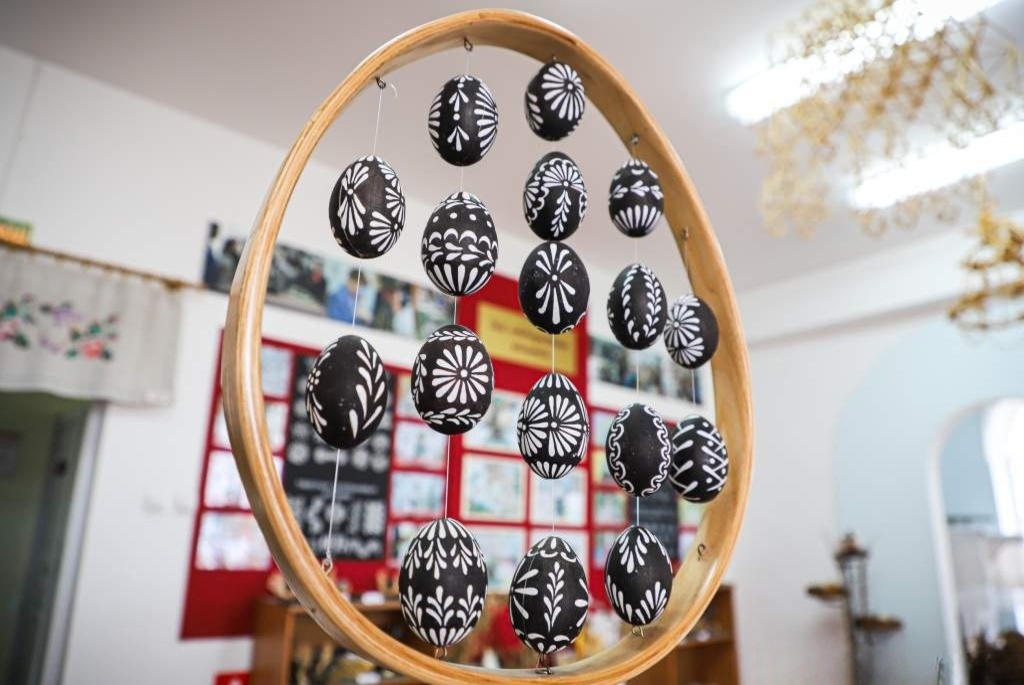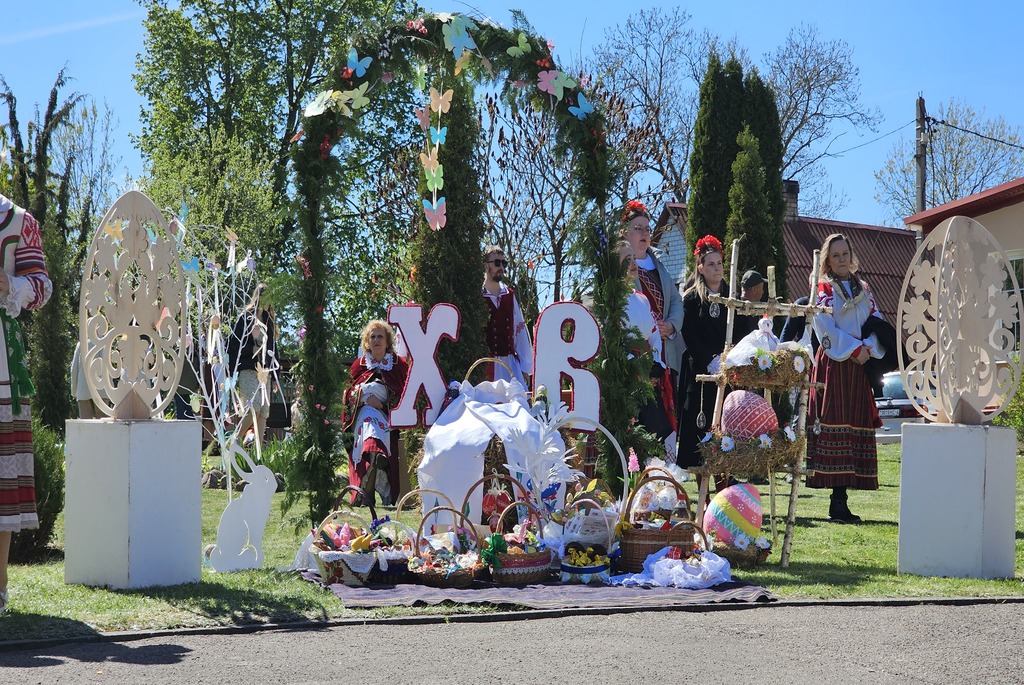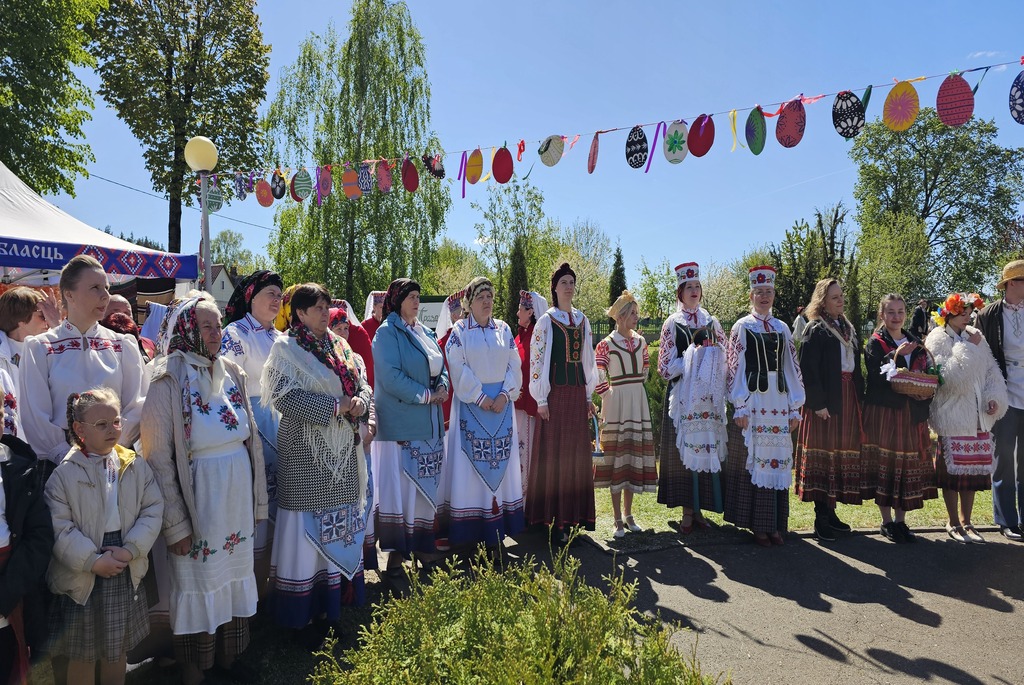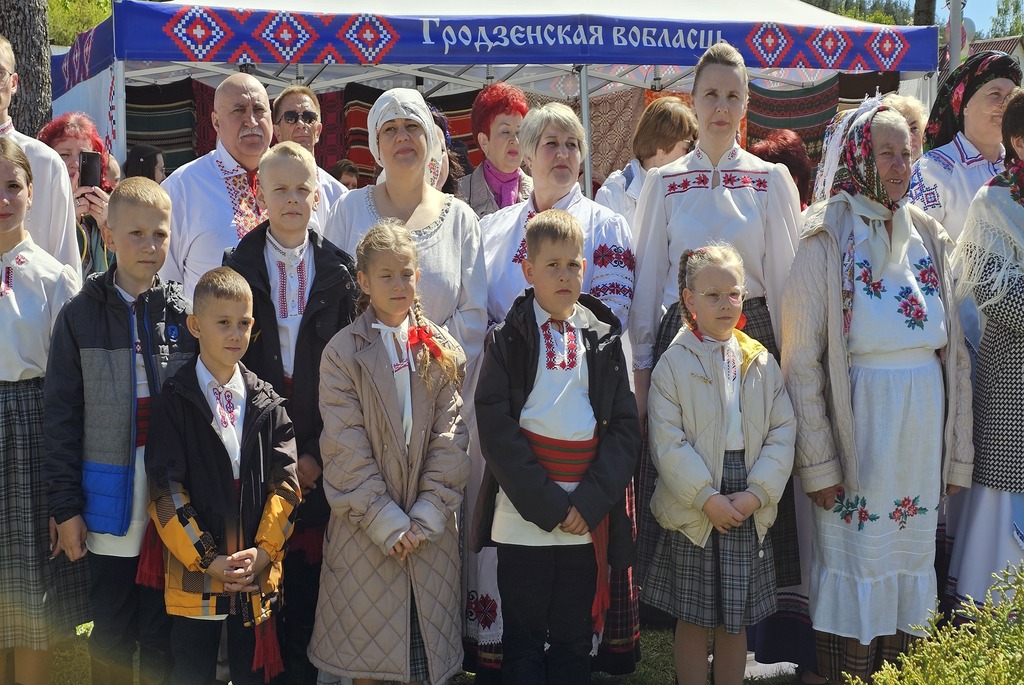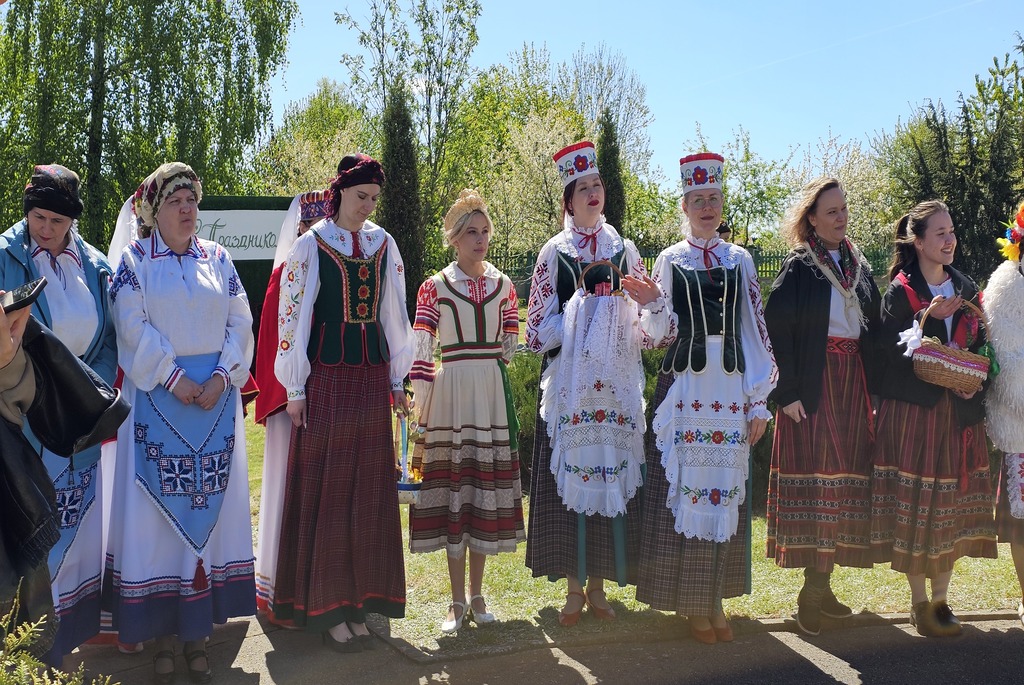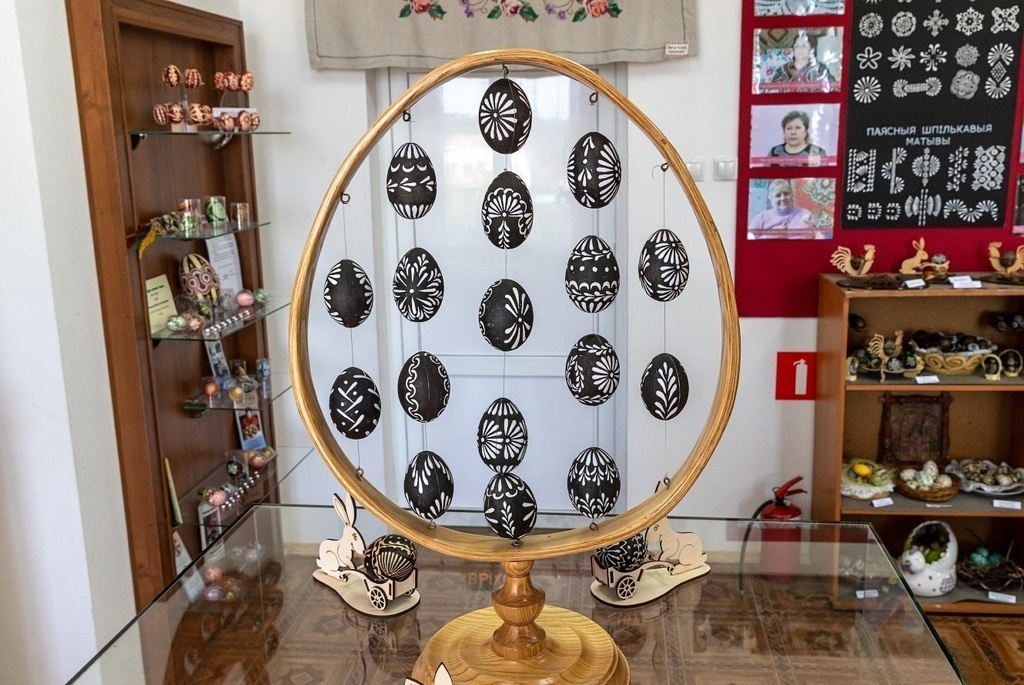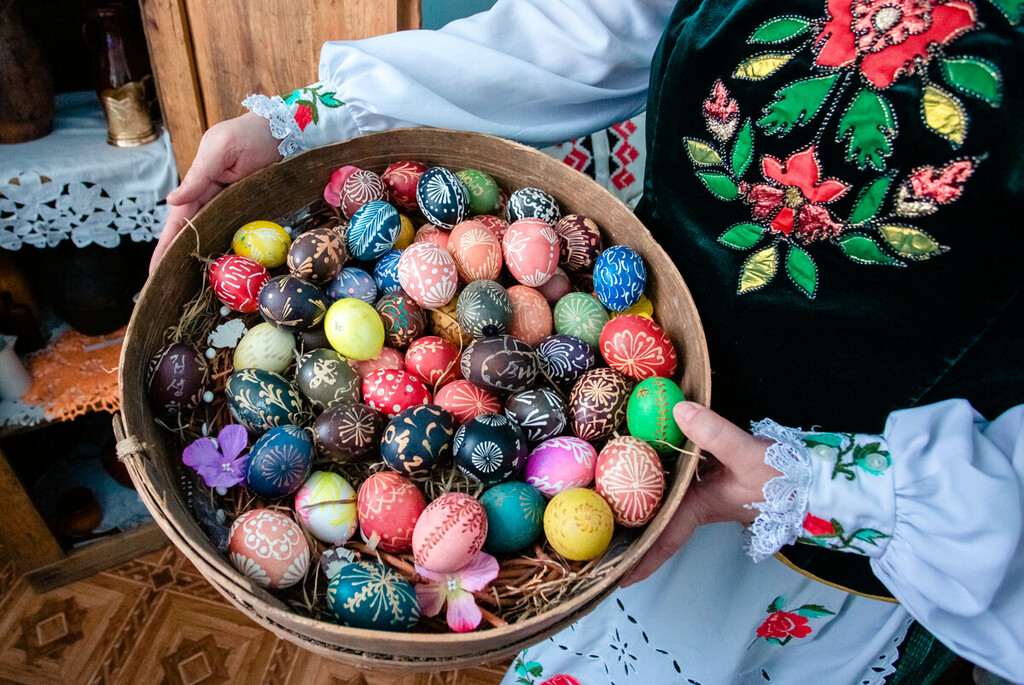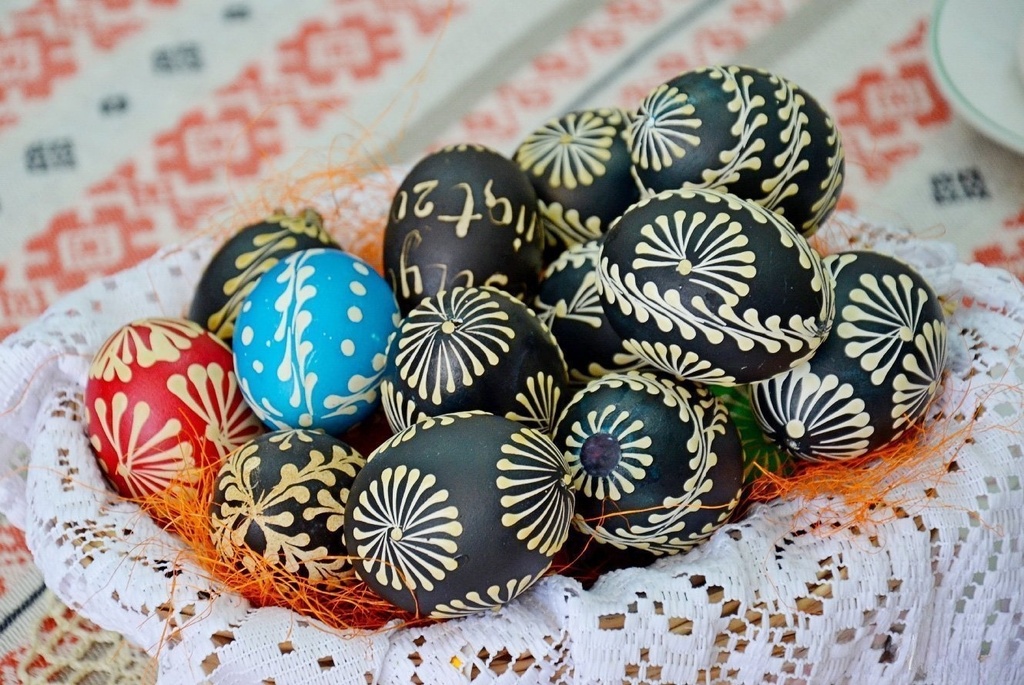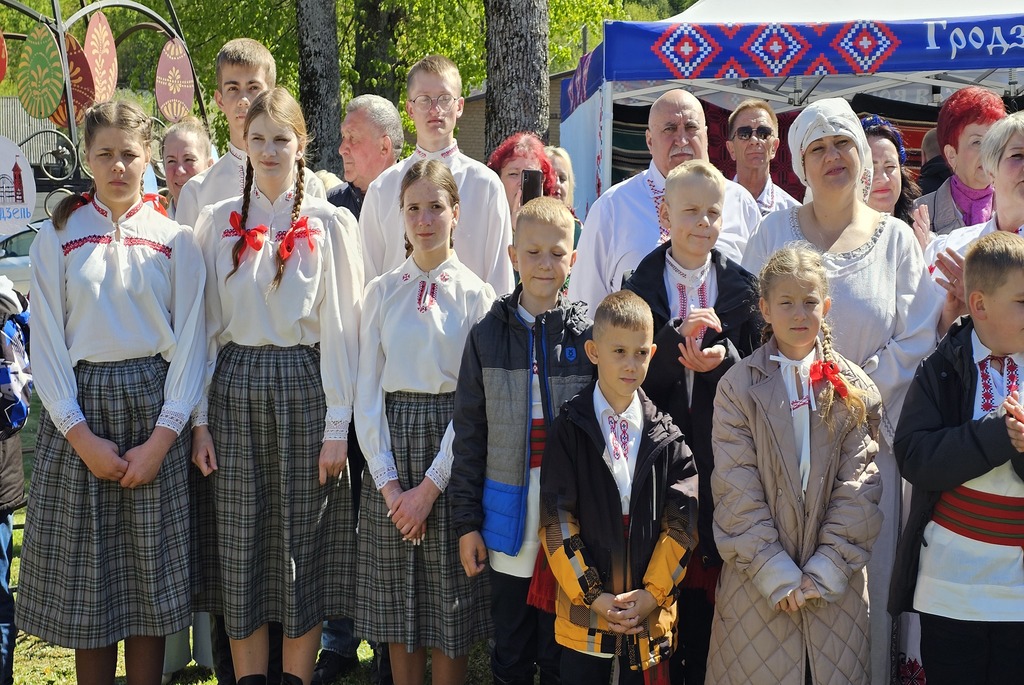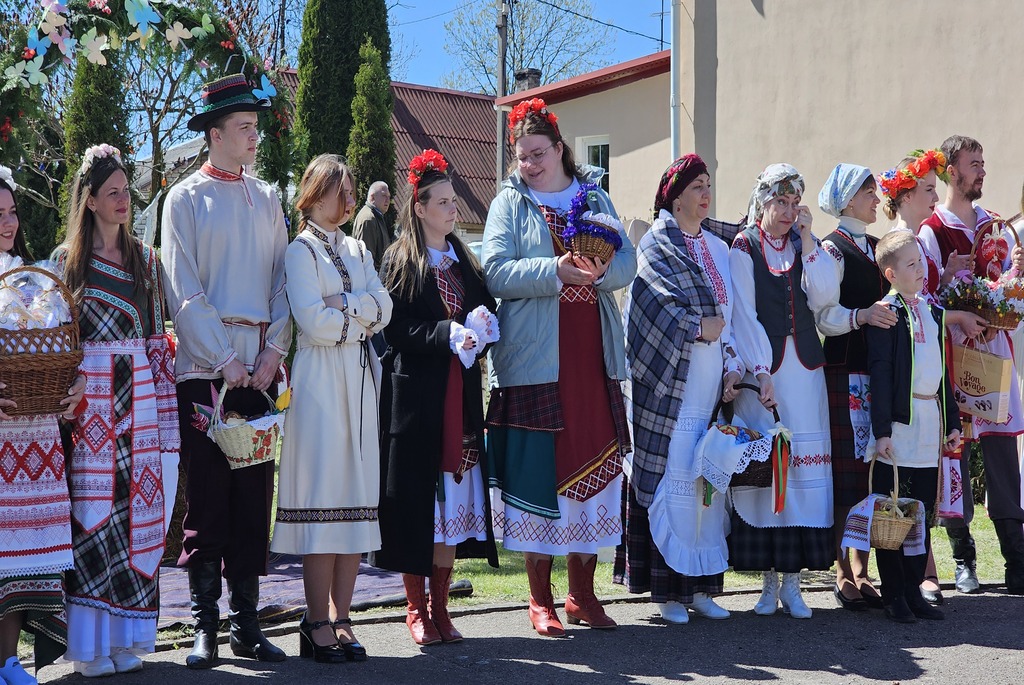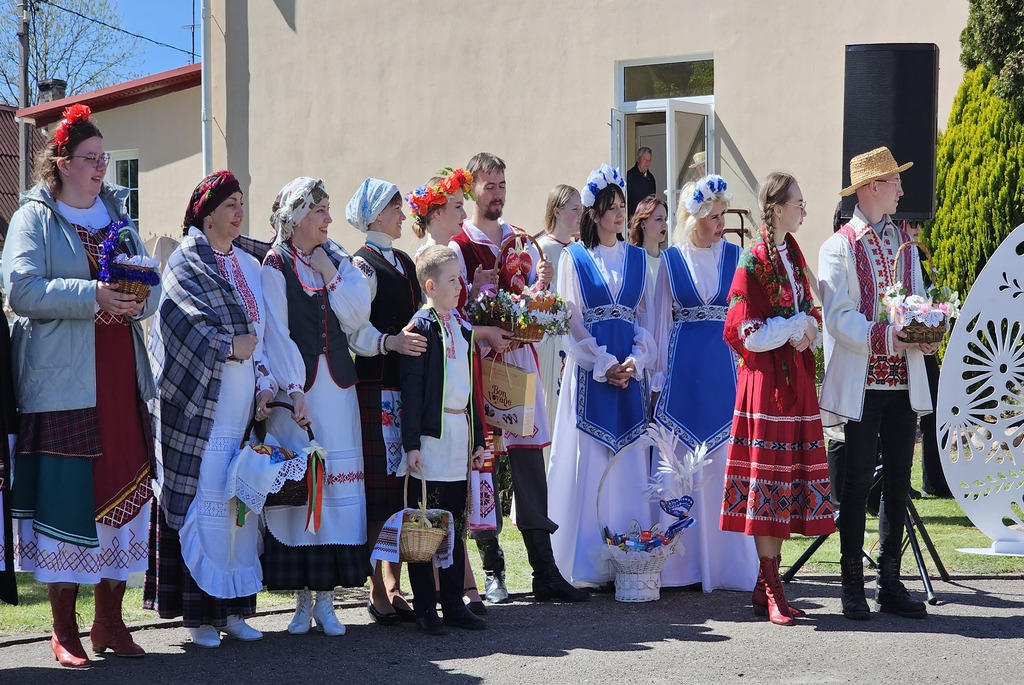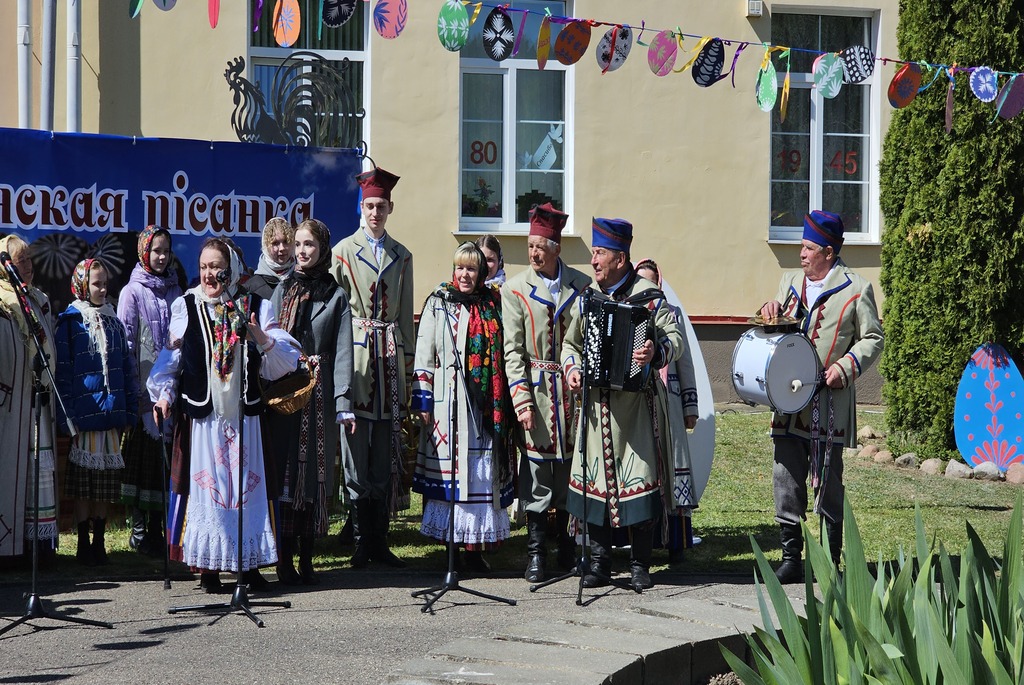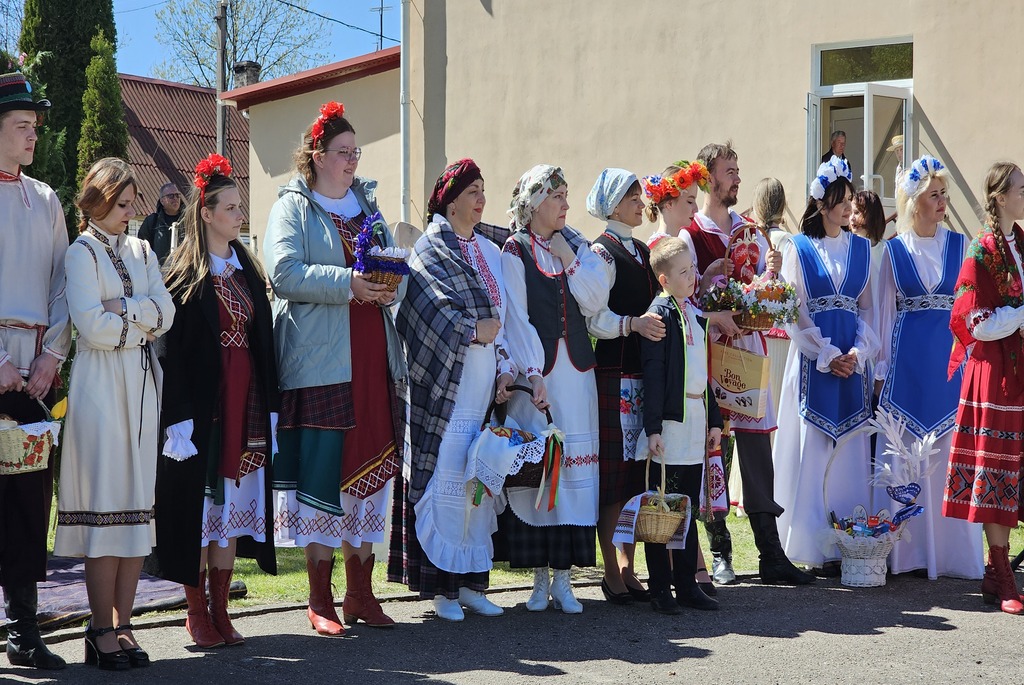This is not merely a decorative craft, but a true art form, passed down through generations and officially recognized as an element of Belarus’s intangible cultural heritage. For tourists, it offers a chance to connect with living history, full of symbolism, rituals, and heartfelt warmth.
A Tradition with Deep Roots
It is difficult to say exactly when the tradition of the Sopoćkin pysanka began. It is only known that the art of decorating eggs with wax has existed in this region for several centuries. The skill was passed down in families – mostly through the female line – and was an integral part of Easter preparations.
In 2013, the technique was officially added to the State List of Historical and Cultural Values of the Republic of Belarus, and later became part of the regional tourism brand. Today, it is actively promoted through master classes, festivals, excursions – and a unique Pysanka Museum has been established in Sopoćkin, unmatched anywhere else in the country.
How Is a Sopoćkin Pysanka Made?
The complexity of the technique is what makes it so valuable. To decorate a single egg, the artisan must be patient, knowledgeable, and well-prepared with natural materials:
- Wax. Only natural beeswax is used – paraffin won’t stick to the shell. The wax is melted and applied using a fine tool called a pysak (a stick with a nail at the end), forming patterns of dots, lines, flowers, birds, and symbols of fertility.
- Dye. The traditional dye mixture is made from rusty nails, oak bark, and alder bark. These ingredients are steeped in boiling water and left to ferment for about two months. This creates a rich, dark color – ranging from brown to nearly black.
- After the design is applied and the egg is dipped in the dye, the wax is removed to reveal a light-colored pattern on a dark background – white or golden, depending on the egg’s original color.
Modern artisans may also use store-bought dyes to expand the color palette. However, a true Sopoćkin pysanka is primarily known for its black-and-white contrast, minimalism, and symbolic meaning.
The Pysanka Museum: From Craft to Cultural Center
To preserve and develop the tradition, the Pysanka Museum was opened at the Sopoćkin Cultural and Tourist Center. The collection features over 1,500 exhibits, including works made from ceramics, wood, glass, ostrich eggs, and even beads. The highlight of the collection is the classic Sopoćkin pysankas, all handcrafted by local artisans.
One of the most valuable items in the museum is a decorated egg that has retained its contents for many years. A legend surrounds it: if moved before its time, it may "explode" – not due to magic, but because of natural decomposition. Tourists, aware of this, view the egg with both caution and curiosity.
The People Preserving the Tradition
Today, Antonina Yurchenya is considered one of the key bearers of the tradition. A resident of Sopoćkin, she learned the technique from her mother, who was a master of the art. Now Antonina shares her knowledge with grandchildren, students, and visitors by conducting master classes and educational sessions. Her stories go beyond wax and nails – they speak of life, spirituality, and the connection between generations.
Many children, after trying to decorate an egg for the first time, become so engaged that they invent their own motifs. One local student even created a pysanka in the style of Spider-Man, which ultimately became part of the museum’s souvenir collection.
A Souvenir with Character
Traditionally, the Sopoćkin pysanka was given as an Easter gift to godchildren and loved ones. It was considered a protective charm, a symbol of fertility and warding off evil. People used it to circle livestock before the first spring pasture, took it on long journeys, or placed it in a newborn’s cradle.
Today, pysankas are sold in the museum’s souvenir shop, where visitors can purchase a hand-decorated egg in beautiful packaging. It’s not just a decoration – it’s a piece of Belarusian spiritual culture. For those interested, there's even a chance to make your own egg during a museum workshop.
Why Visit Sopoćkin?
Sopoćkin is not only the birthplace of the unique pysanka tradition, but also an exciting tourist destination with 40 established routes, proximity to Lithuania and Poland, the Augustów Canal, religious landmarks, and natural monuments. Here, visitors can:
- Walk along the locks of Dombrovka and Nemnovo
- Visit the Ascension Church, an architectural monument blending baroque, gothic, and classical styles
- Explore the museum, dive into traditional craft, and take home a piece of Easter in the form of a decorated egg
The Sopoćkin pysanka is not just a holiday tradition or decoration. It is memory. It is a tradition hundreds of years old. It is a symbol of spring, life, and care for one’s roots. Come to Sopoćkin – and see for yourself how one simple egg can tell an entire story.

